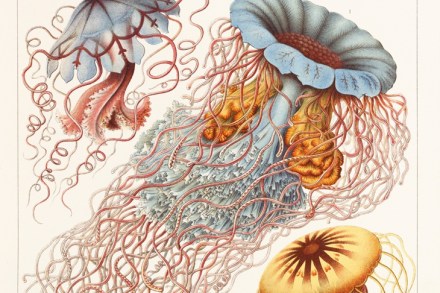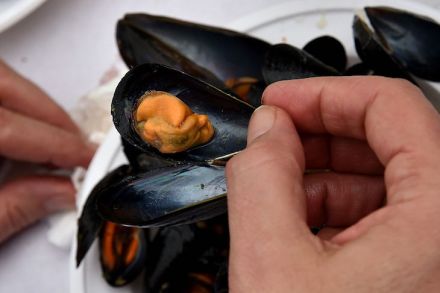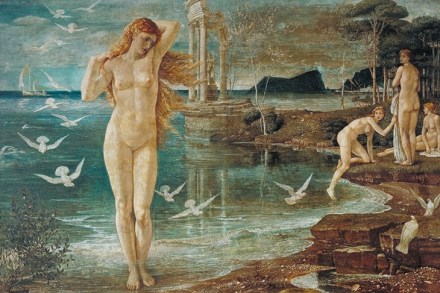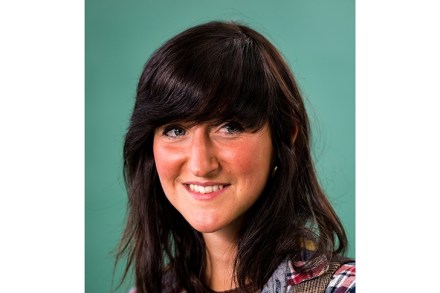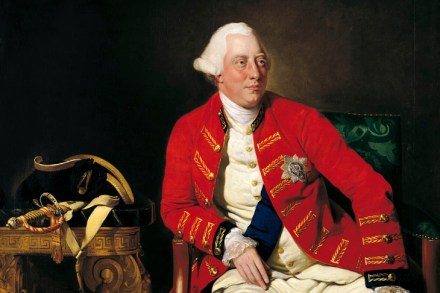Songs of the blood and the sword
Jihadi Culture might sound like a joke title for a book, like ‘Great Belgians’ or ‘Canadian excitements’. But in this well-edited and serious volume Thomas Hegghammer — one of the world’s foremost experts on jihadism — has put together a collection of essays by an impressive group of scholars analysing what culture Islamism’s most adamant adherents might be said to possess. The book is not a long one. Designed for a primarily academic audience, Hegghammer’s introduction carries all of the baggage that such audiences demand. It is not writing so much as a set of pleas and signs sent out to academia’s own hostage-takers, who lurk in universities and colleges



